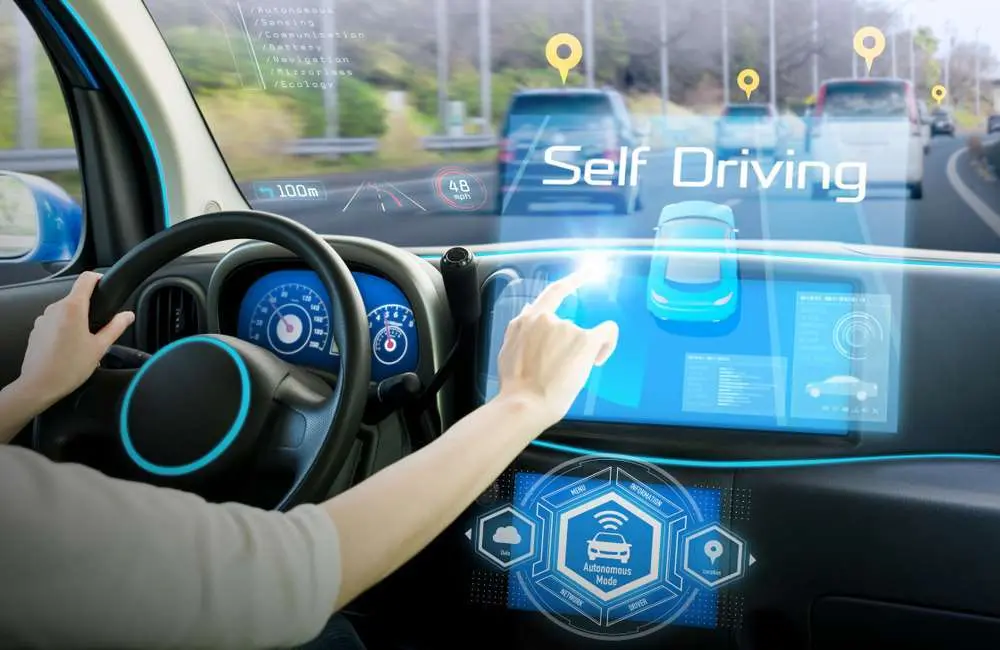Big Data and the Future of Transportation
The converging of Big Data and the Internet of Things (IoT) is resulting in a tidal wave of new inventions and a higher level of technology in everyday lives.
Those who have earned degrees in data science will find themselves on the front edge of this wave. A growing number of organizations, both private business and public agencies, are turning to data and IoT to revolutionize how we all live.
No area has seen more rapid growth than autonomous systems. These systems use data, IoT and machine learning to create new ways of tackling old challenges such as traffic congestion.
The following looks at some of the areas where change is happening rapidly.
Self-Driving Cars
No area has received as much attention as self-driving cars. And that’s for good reason. The promise of this innovation is safer driving for millions of people. The technology is already here. Some estimate as many as 10 million self-driving cars will be on the road by 2020.
Mercedes-Benz, BMW and Tesla already have developed and tested self-driving cars. While all three are luxury brands, the technology is expected to develop across other brands over the next decade.
Data science is key in this area. Self-driving cars use complex networks of sensors and software to read information from the surrounding environment and other vehicles.
Traffic Congestion
A number of pilot programs have been launched around the world using Big Data and IoT to solve traffic congestion problems both on the road and in the air.
Self-driving cars offer one crucial way to reduce the amount of traffic jams people experience in big cities, lowering the number of sudden lane shifts and stops that have a ripple effect and lead to major delays.
In Chicago, city officials expect to launch the Array of Things in 2018. This will involve sensors placed around the city – more than 500 – to monitor traffic and weather. This system will give residents real-time information on traffic as well a weather localized down to individual neighborhoods. The vast amount of information gathered will also help Chicago officials make decisions on where its best to allocate money to improve transportation systems such as trains and buses.
Another example comes from Israel. Officials there have opened “fast lanes” that do not charge a set price. Rather, a system of sensors gather data on traffic congestion and adjusts prices accordingly. For example, prices to enter fast lanes are reduced when congestion is high. This price cut encourages more people to use fast lanes and helps alleviate traffic congestion during peak hours.
Future Trucks
As with self-driving cars, Big Data and IoT are being utilized to create trucks that can operate without a human driver. Systems already are in place that use cameras and radar to monitor the road. Other sensors control fuel systems, regulating speed and maintaining a safe distance from other vehicles.
Drones
In Dubai, Volocopter has already tested a remote-controlled drone taxi, essentially a prototype for an Uber in the sky. Remote controlled drones would be able to pick up passengers and fly them to their destination, jumping over traffic congestion and reducing the number of vehicles on the road.
Also, Amazon has filed a patent for a drone that would be able to recharge electric cars. The car would communicate by sensors with a drone when the battery runs low, and the drone would then take off and fly to the car’s location and recharge it.
These are just some of the ways Big Data and IoT are being used in autonomous systems that impact transportation. This growing area offers yet another field of opportunity for those with education in data science and expertise in putting Big Data and IoT to work.
